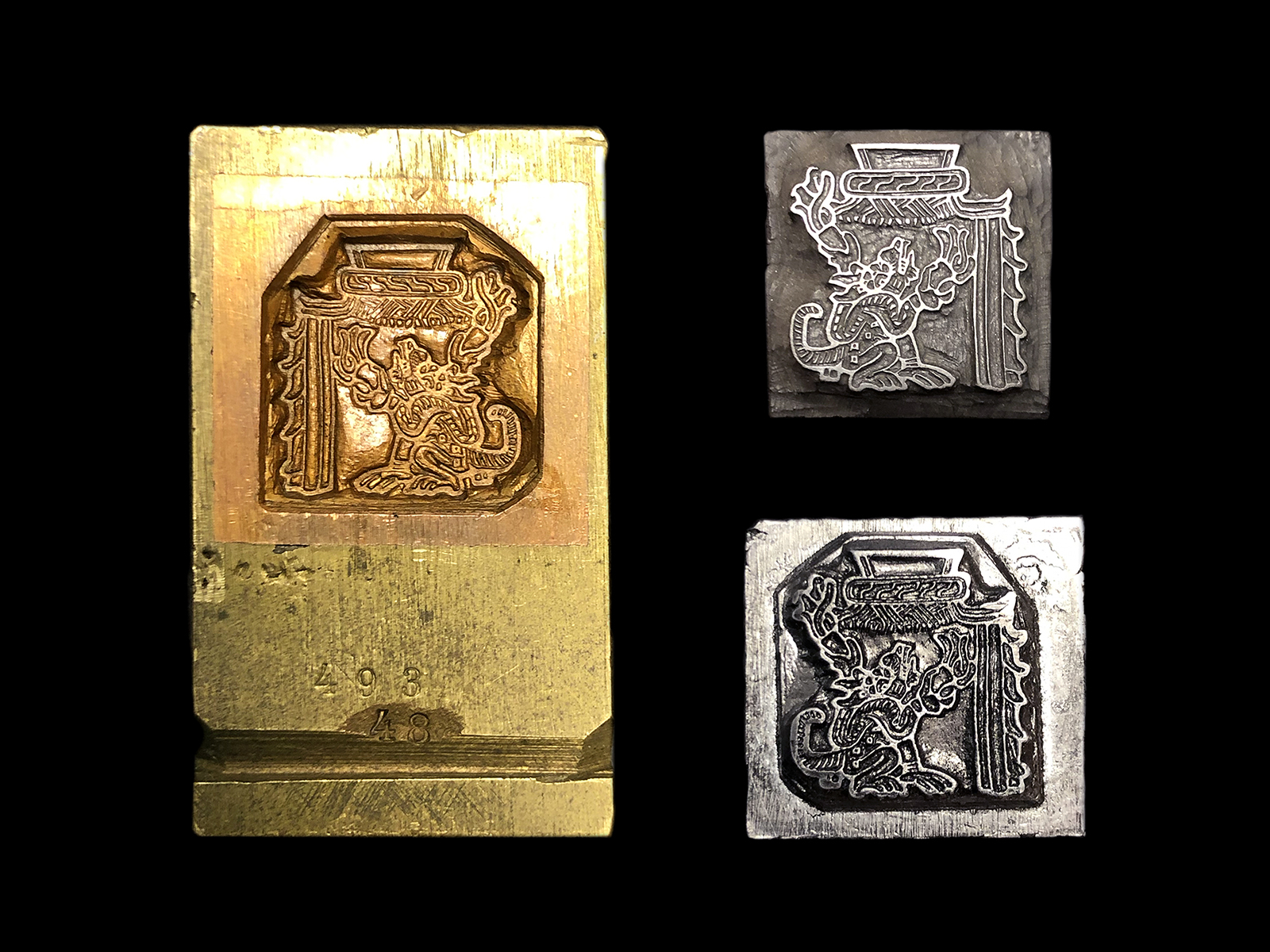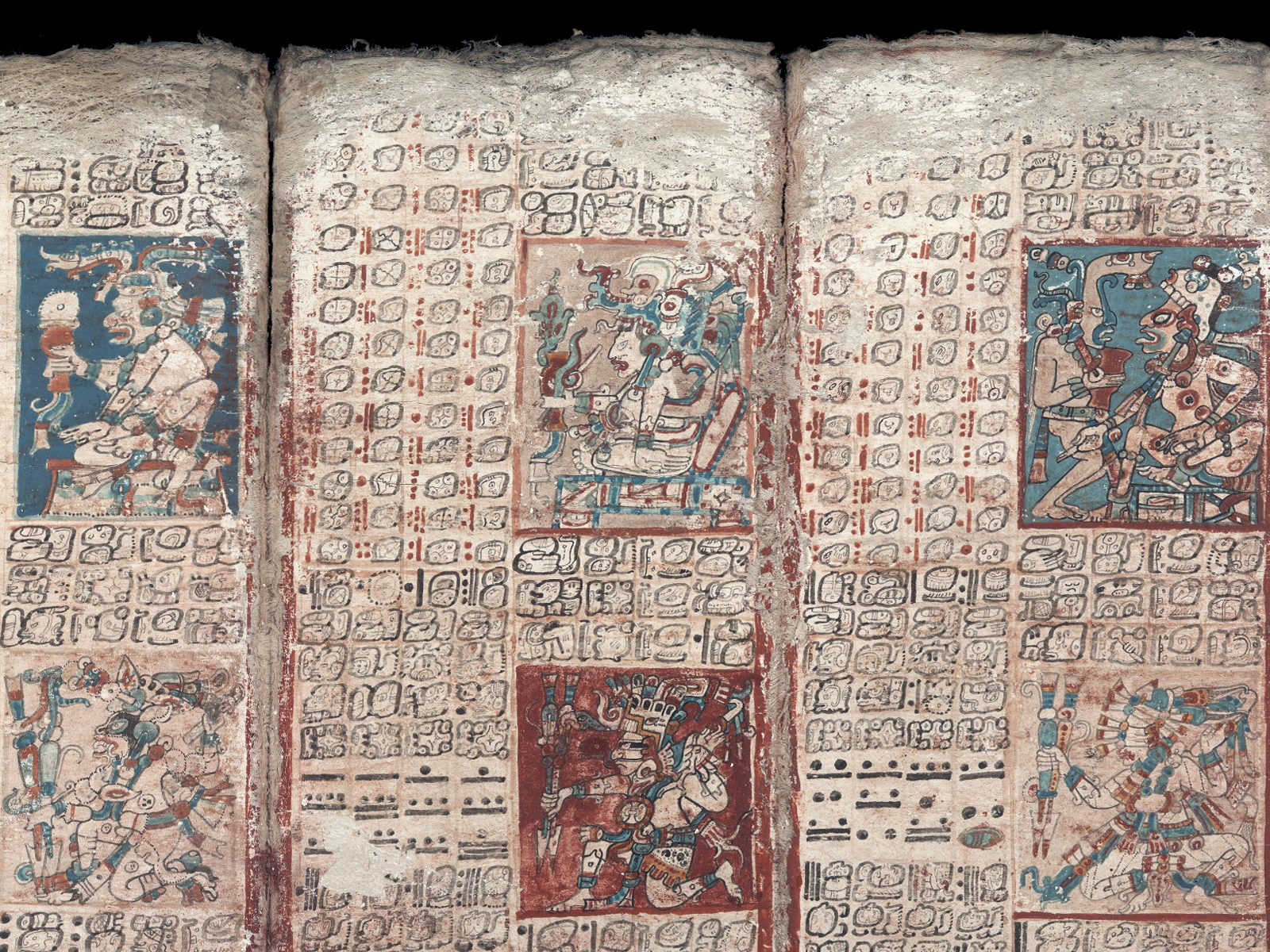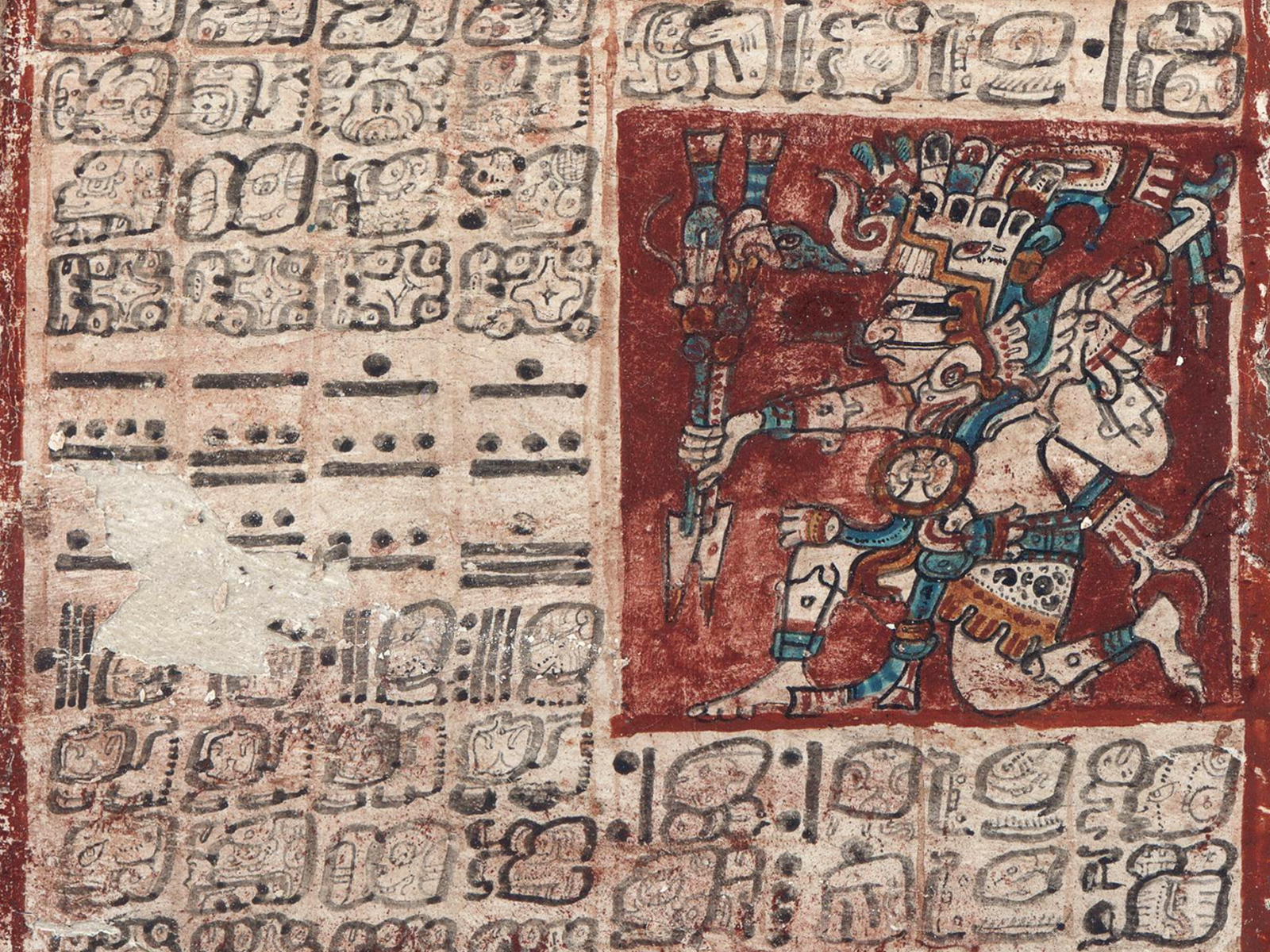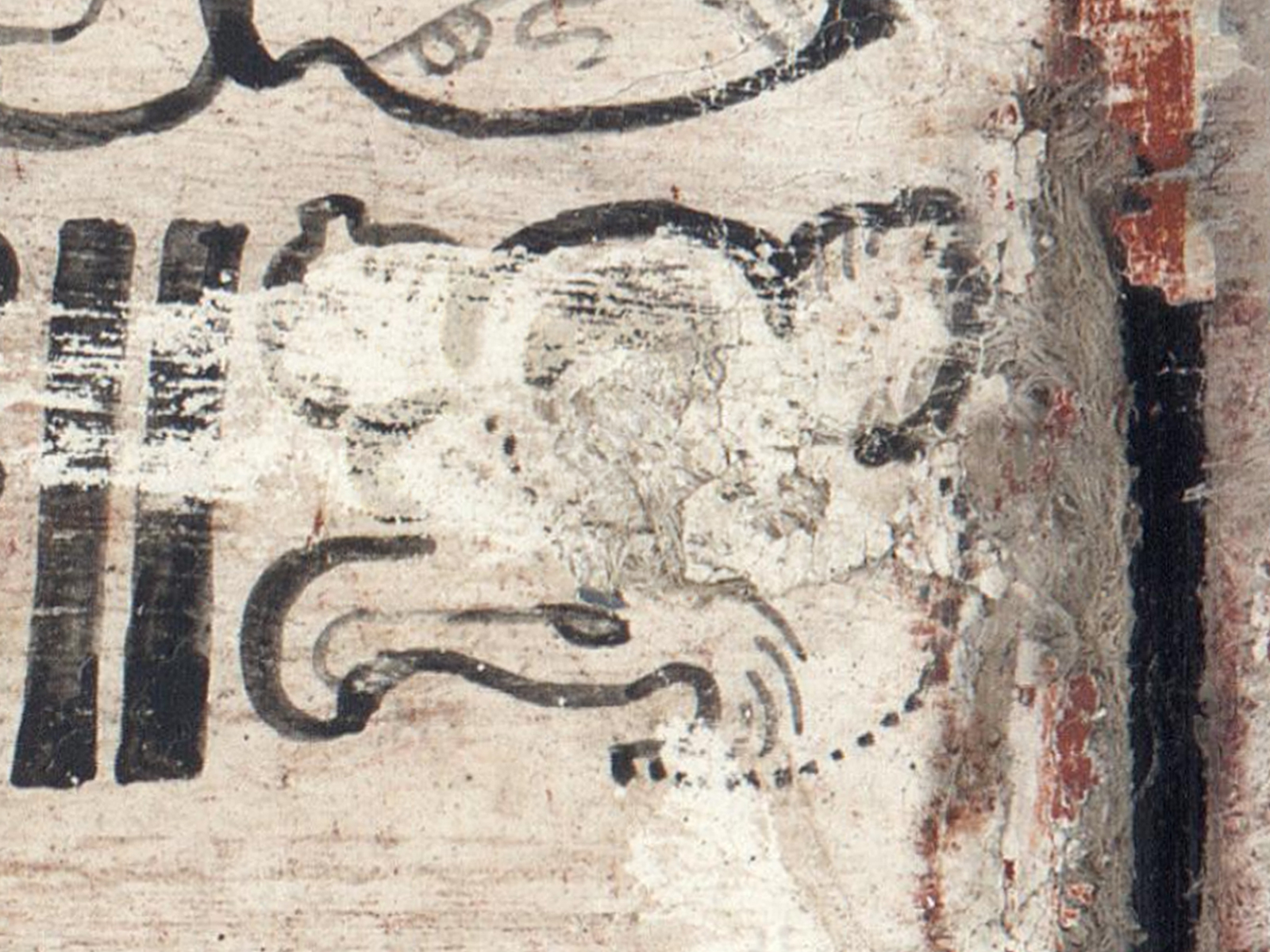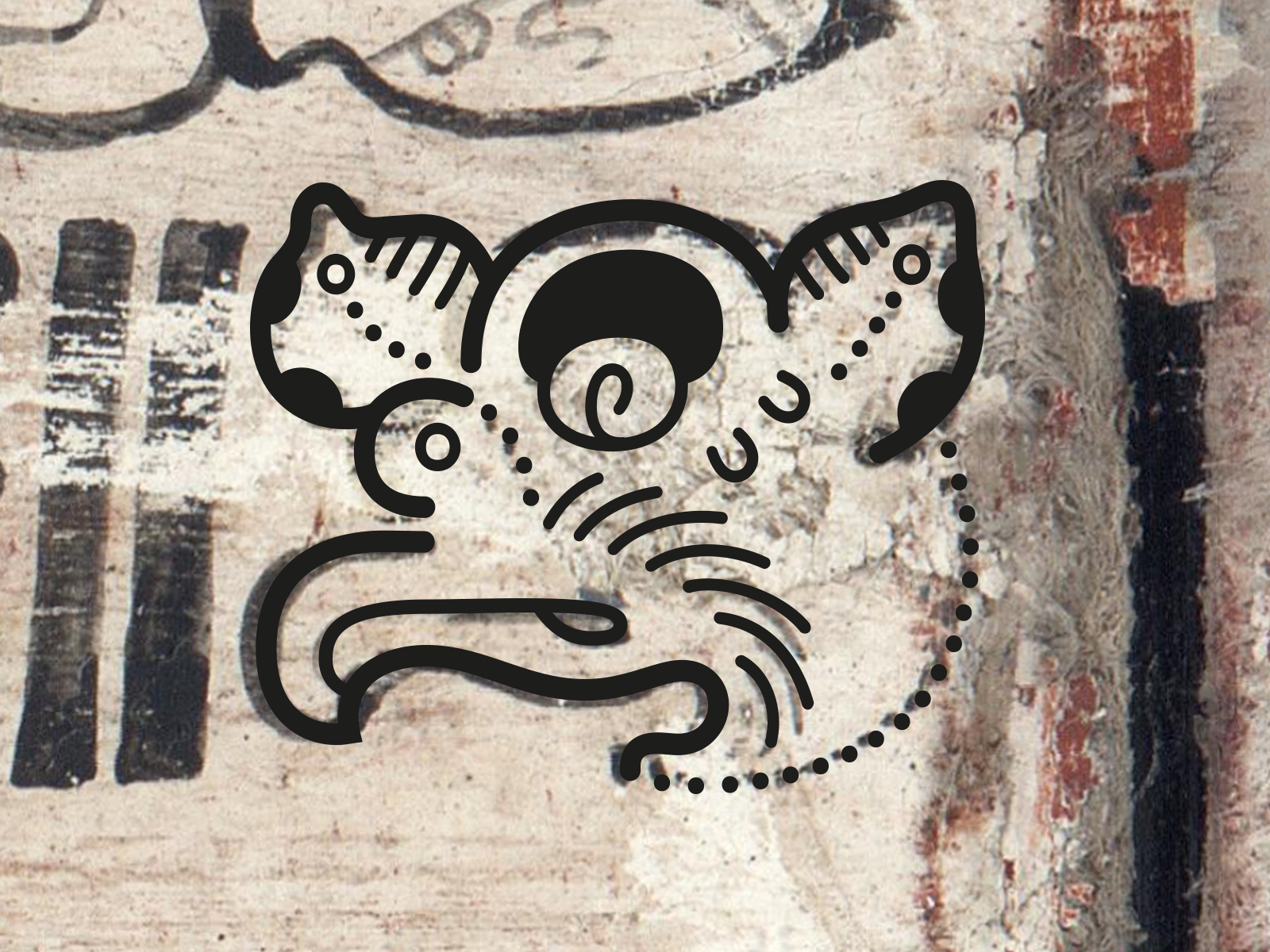The Missing Scripts 2019: Mayan
Alexandre Bassi zoomThe Mayan writing system dates back approximately to the 3rd century BC. It spread in South America in the Yucatán Peninsula, from the south of present-day Mexico to the north of El Salvador and Honduras. This writing was abruptly interrupted by the arrival of western settlers during the conquest of America in 1492. Indeed, this colonization led to the inquisitorial repression of Catholicism, which forced the native tribes to use the Latin alphabet by destroying all traces of their original script, causing the disappearance of this writing system. It was soon forgotten until it was reduced for a very long time to a purely decorative function, although the relationship between art and hieroglyphics seems inherent.
As a result, the deciphering was very late and it was not until the second half of the 20th century that the complexity of these hieroglyphs, which remain incompletely known at this time. The great difficulty of Mayan writing was to understand what kind of system we were facing. We speak of a logosyllabic system, which is characterized by the simultaneous use of logograms and a phonetic syllabary. Indeed, a glyph can represent a word, an idea or a concept, but also phonetic symbols, where a sign refers to a syllable. In addition, many glyphs are allographic, which means that a multitude of different signs can be used to express the same word. This writing also seems to vary according to the medium, both in its graphic style induced by the tool used, and in the subject matter. The hieroglyphs engraved in the stone are highly ornamented and geometric, relating mainly historical facts related to the reigns of kings, from their military successes to their death. While the texts from the four Mayan codices that survived the repressive colonial flames used a more supple and simplified style. They contained the calendar and astronomical events that punctuated the life of the city.
In view of the complexity of this writing system, Mayan hieroglyphics are not yet integrated into the Unicode system. The purpose of this project will therefore be to develop a typographic solution, resulting from the analysis of the codices, allowing the digital transmission and use of this writing system. This tool will not only facilitate and harmonize the diffusion of research on this subject, but more generally will enable a better understanding and preservation of this culture.
With:
Pr Johannes Bergerhausen, Hochschule Mainz (DE) / decodeunicode.org
Dr Deborah Anderson, Université de Berkeley (USA) / Script Encoding Initiative
